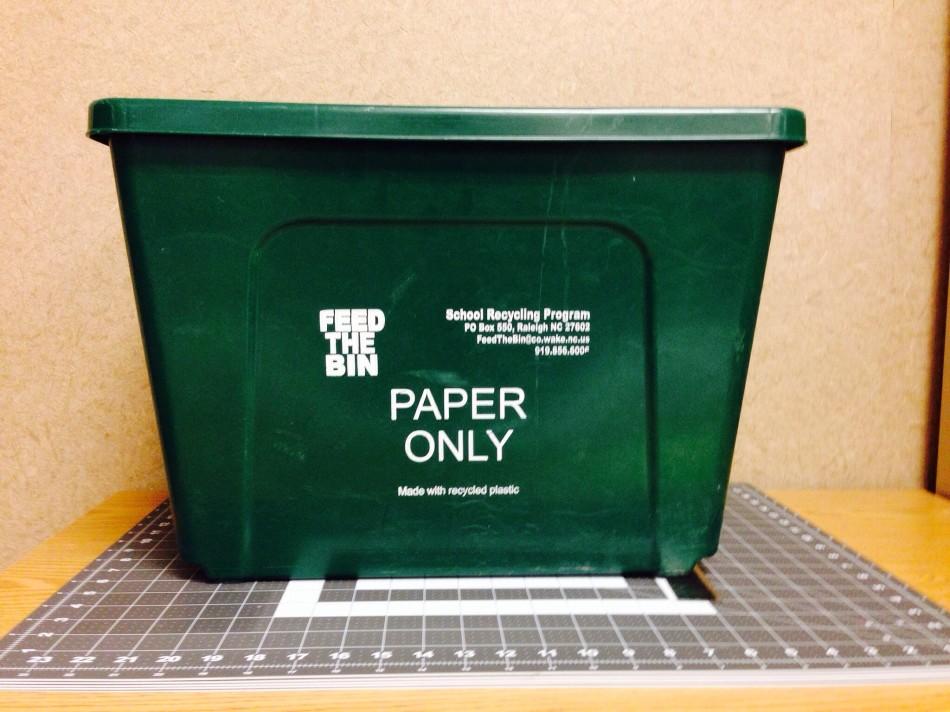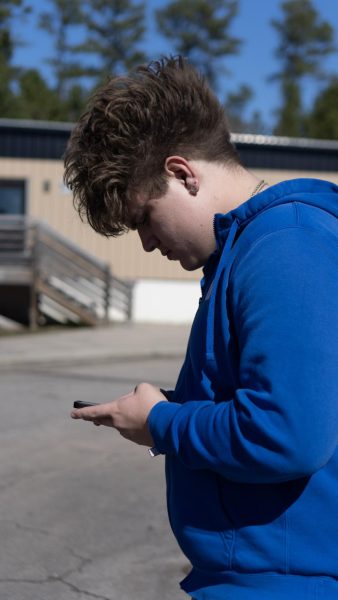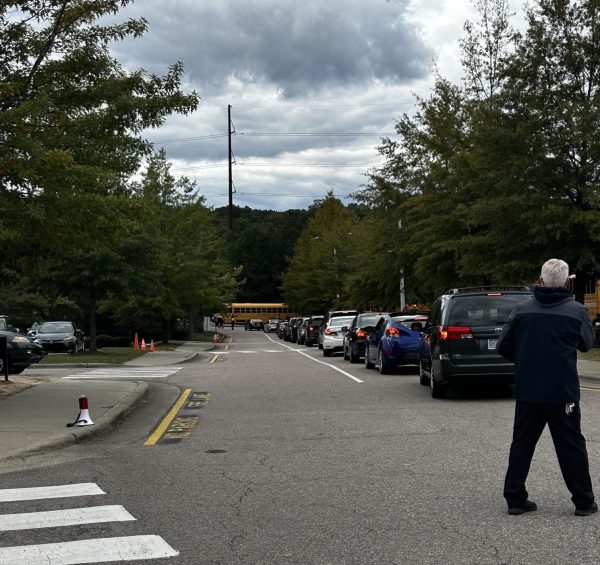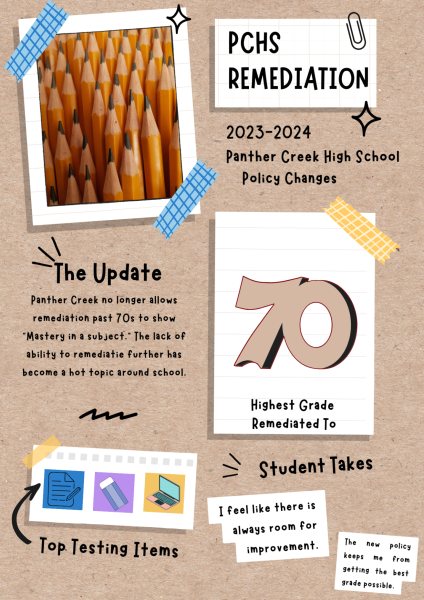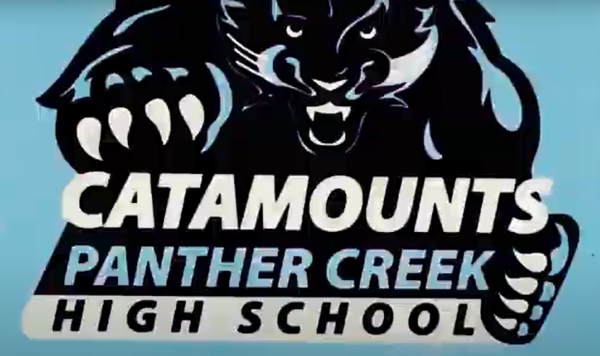Great Garbage Patches Grow Even Greater
The Great Garbage Patch is a growing environmental problem in the Pacific.
Recycling is one of the ways to not only spread awareness, but to do your part in serving the environment.
The Great Garbage Patch is a huge landfill located in the Pacific ocean. Since it’s so huge, it’s been divided into two parts. The Eastern and Western Pacific garbage patches were both created in between Hawaii and Japan. Panther Creek News Network would like to give you an insider’s view on the global environmental disaster.
What is the Great Garbage Patch?
In the oceanic desert filled with producers and consumers lies one of the largest landfills on the globe. With plastic debris twice the size of Texas and a depth up to ninety inches, the Great Garbage Patch is considered Earth’s greatest nightmare. Caused by eighty percent land runoff and twenty percent ship dumping, this gyre is avoided by fisherman and people at sea due to its terrifying winds and horrible odor. What is gyre, you ask? It’s a type of current system that pulls water from one location in the ocean to the next. The Great Garbage Patch was created by garbage getting trapped in between two large gyres that acted like whirlpools.
Little do people know, the catalyst of this problem starts on land. Throwing away garbage in places that aren’t suitable spots is the main reason why the Great Garbage Patch is the way it is today. For example, people are careless about how and where they throw away their trash. Some people throw away garbage anywhere from gutters to even out the window, despite the fact that it’s illegal.
Where does the plastic end up?
Plastic is not a biodegradable product so the trash that enters the ocean never leaves. The plastic begins to decompose, but that doesn’t happen until after a given amount of time. Smaller organisms eat the pieces of debris which can be harmful towards their health. The debris enters the food chain as larger organisms eat the smaller ones; this can lead to the death of many organisms in that food chain.
Awareness at Panther Creek
Mrs. Little, environmental science teacher at Panther Creek, feels that the Great Garbage Patch is a very poor example of what can happen with wind currents. She advises that Panther Creek students should work on trying not to produce as much waste. Also, she says participating in litter clean ups and preventing pollution will also help.
Mr. Volkmar, psychology teacher at Panther Creek, said he doesn’t really know what else to do except to recycle regularly. This is a small action with a huge impact.
Freshman, Hunter Bradley, says that he recycles a lot. He’s aware of the effects that the Great Garbage Patch can have on our environment. Ceasing pollution is his solution.
In general, Panther Creek High School does a fair amount of recycling. Most students have an idea of what the Great Garbage Patch is. However, if we enforce more awareness about the problem, this can change.
What can you do?
Nowadays, the Great Garbage Patch is too big for people to fix without heavy machinery. Even with heavy machinery, it would still take years to remove all the garbage which then would cost millions. As a Catamount, there are a variety of things you can do to help out. The main thing is to never use plastic bags; the human population uses more than one trillion a year and most of them end up in the ocean. Try to prevent yourself from using any plastic products such as water bottles and containers. As with many environmental problems, humans have a good amount of power to solve it. Take advantage of your power and make a difference.


